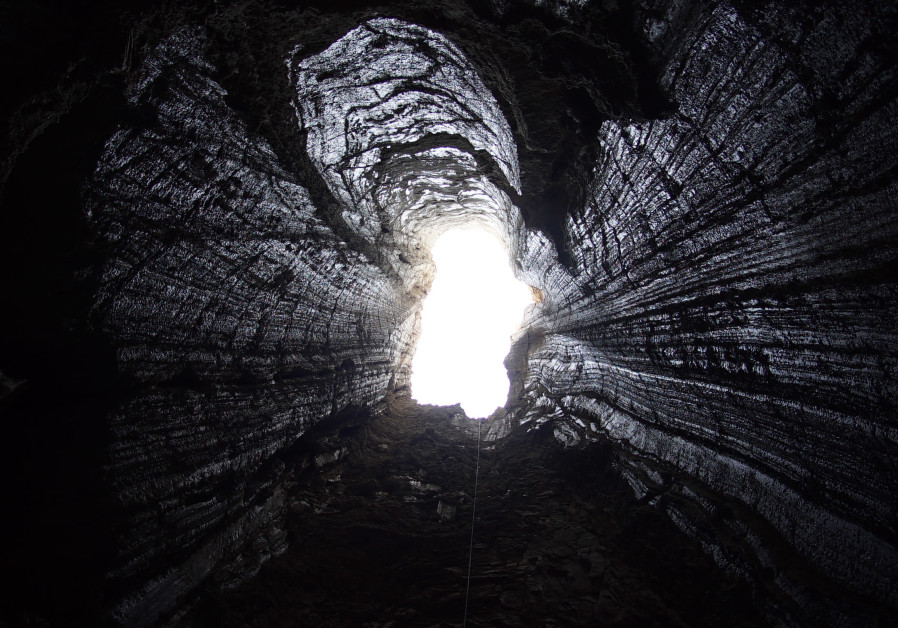World’s longest salt cave found in Dead Sea’s Mt. Sedom, ‘biblical’ Israel

Malham Cave. (photo credit: ANTON CHIKISHEV / HEBREW UNIVERSITY)
Israeli researchers discovered the world’s longest salt cave in Israel, the Hebrew University of Jerusalem reported Thursday. Malham Cave in the Dead Sea’s Mount Sedom at 10 kilometers long now bears this title.
Join Jerusalem Post Premium Plus now for just $5 and upgrade your experience with an ads-free website and exclusive content. Click here>>






Comments are closed.